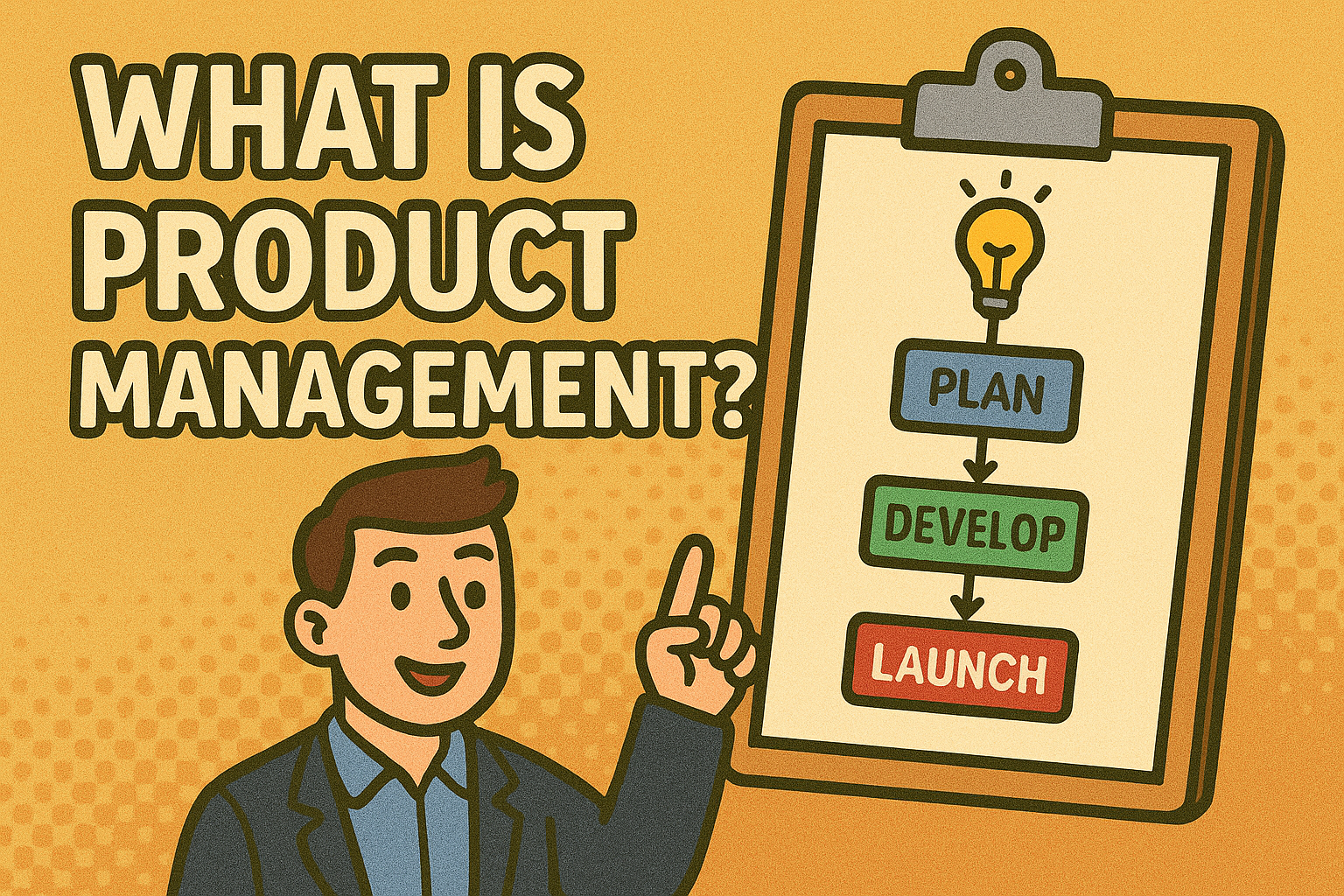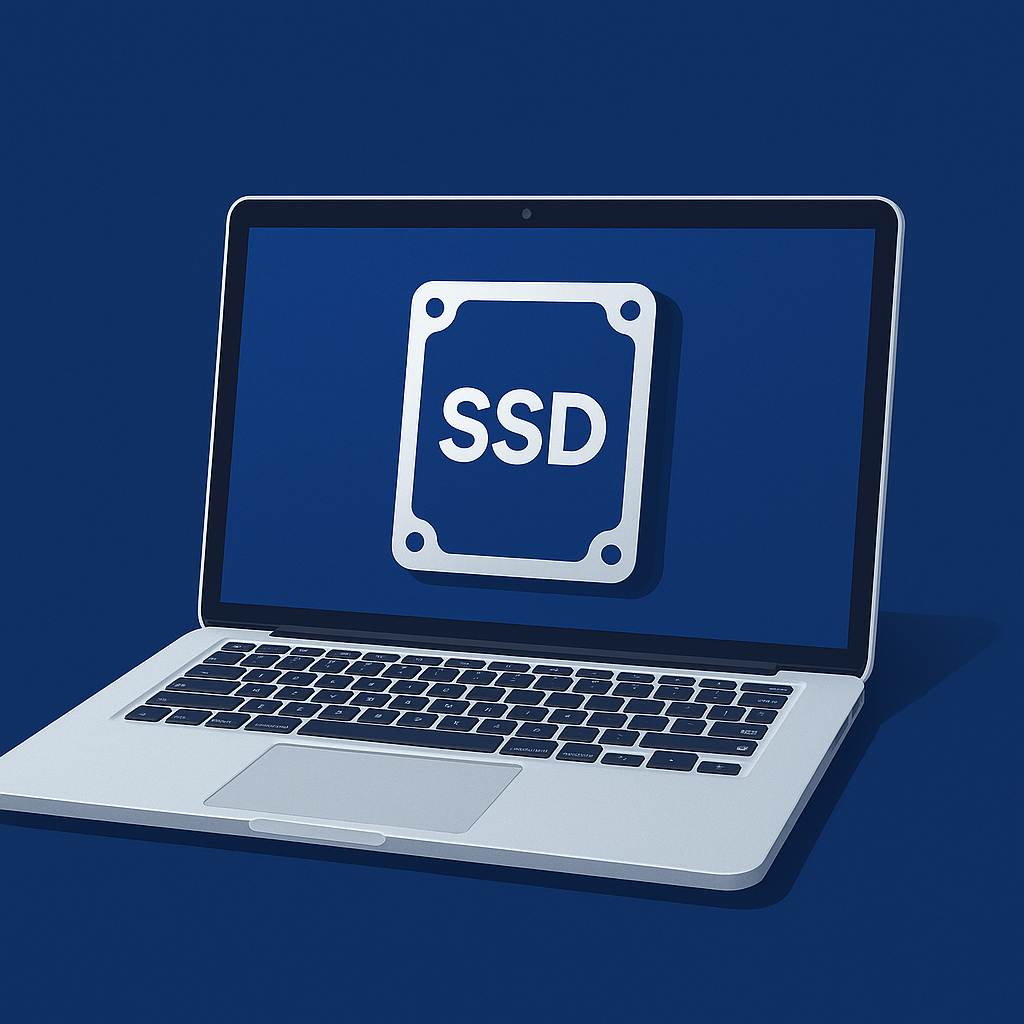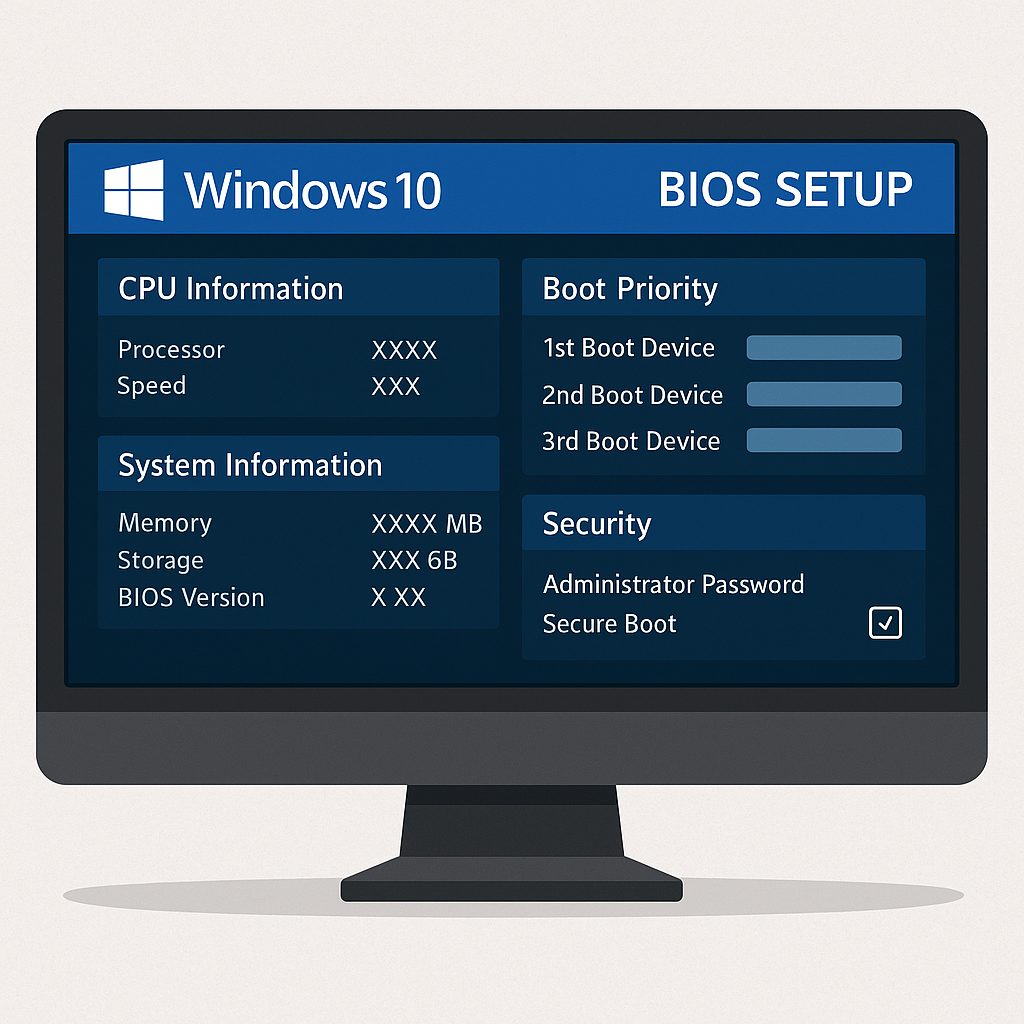What Is the Product Management? A Strategic Guide for Modern Businesses
Updated on July 16, 2025, by Xcitium

Have you ever asked yourself, what is the product management and why does it matter to your business? Whether you’re a CEO, IT manager, or cybersecurity professional, product management is a discipline that ensures the right products are built for the right audience—efficiently and securely.
In today’s fast-paced digital world, understanding product management isn’t just nice to have—it’s essential for innovation, customer satisfaction, and sustained growth. This article explores product management in marketing, key stages, tools, software, and actionable examples to help you make smarter, more strategic decisions.
What Is the Product Management?
Product management is the function within an organization that oversees the entire lifecycle of a product—from ideation and development to launch and growth. It connects cross-functional teams (engineering, design, marketing, and sales) with a unified vision.
Responsibilities of Product Management:
- Define product vision and strategy
- Conduct market and user research
- Prioritize features and manage backlogs
- Work closely with development and UX teams
- Ensure product-market fit and user satisfaction
Product management acts as the glue that binds strategy, technology, and execution.
Product Management in Marketing
Marketing and product management work hand in hand. A product manager must understand the market needs, competitor landscape, and customer behavior to craft a product that resonates.
Role of Product Management in Marketing:
- Identify customer pain points
- Collaborate on go-to-market strategies
- Develop pricing models
- Track customer feedback and adjust the roadmap
- Align product positioning with brand messaging
Effective collaboration between marketing and product management drives engagement and brand loyalty.
The 4 Stages of Product Management
Mastering the 4 stages of product management helps ensure that each phase of the product lifecycle is optimized.
1. Discovery
- Understand market needs
- Validate ideas with research and prototypes
2. Planning
- Define product vision, goals, and KPIs
- Develop product roadmap and timelines
3. Development
- Collaborate with developers and designers
- Execute Agile or Scrum sprints
4. Launch & Growth
- Roll out to users
- Gather feedback and iterate
- Optimize product for retention and growth
Each stage must balance technical feasibility, business viability, and user desirability.
Product Management Examples
Examples help contextualize product management in different industries.
Cybersecurity SaaS:
- Launching a secure endpoint detection platform
- Managing integrations with SIEM tools
E-Commerce:
- Introducing a personalized recommendation engine
- A/B testing mobile checkout flows
Fintech:
- Rolling out biometric login for secure transactions
- Prioritizing compliance with financial regulations
These examples show how product managers tailor solutions to industry-specific challenges.
Product Management Tools to Power Your Workflow
Choosing the right product management tools can enhance productivity and clarity.
Must-Have Tools:
- Jira / Asana: Task and sprint tracking
- Productboard / Aha!: Roadmap planning
- Figma / InVision: Prototyping and design collaboration
- Google Analytics / Mixpanel: User behavior and product metrics
- Slack / Microsoft Teams: Cross-functional communication
The right tool stack supports alignment, transparency, and execution across teams.
Product Management Software: Centralizing the Function
Product management software offers integrated solutions to oversee product lifecycle in one place. These platforms offer roadmapping, prioritization, analytics, and user feedback tools.
Top Product Management Software:
- Monday.com: Combines product planning with team workflows
- ClickUp: Highly customizable for product ops and reporting
- Notion: Lightweight and collaborative
- Clubhouse (Shortcut): Agile-centric with fast workflows
Cloud-based platforms ensure remote teams stay aligned and efficient.
Why Product Management Matters in Cybersecurity
For cybersecurity leaders, product management is vital for ensuring that tools are both effective and compliant.
Benefits:
- Aligns product goals with compliance standards (e.g., NIST, ISO, GDPR)
- Prioritizes features that reduce cyber risks
- Ensures stakeholder visibility and accountability
Cybersecurity products need roadmaps that balance agility with regulatory rigor.
FAQs
1. What is the product management in business?
It’s a strategic discipline that leads the creation, launch, and continuous improvement of a product to meet market and user needs.
2. What are examples of product management?
Examples include launching a new mobile app, improving a user dashboard, or integrating a cybersecurity platform with third-party systems.
3. What are the 4 stages of product management?
Discovery, Planning, Development, and Launch & Growth.
4. What are some common product management tools?
Popular tools include Jira, Productboard, Figma, Mixpanel, and Slack.
5. How is product management used in cybersecurity?
It helps plan secure features, meet compliance goals, and roll out tools that are robust and user-friendly.
Final Thoughts & CTA
Understanding what is the product management can transform how your organization delivers value. Whether you’re launching a new cybersecurity tool or optimizing existing services, strong product leadership drives innovation and business success.
👉 Request a Demo with Xcitium Today
Learn how we empower product-driven teams with secure, scalable technology.
















